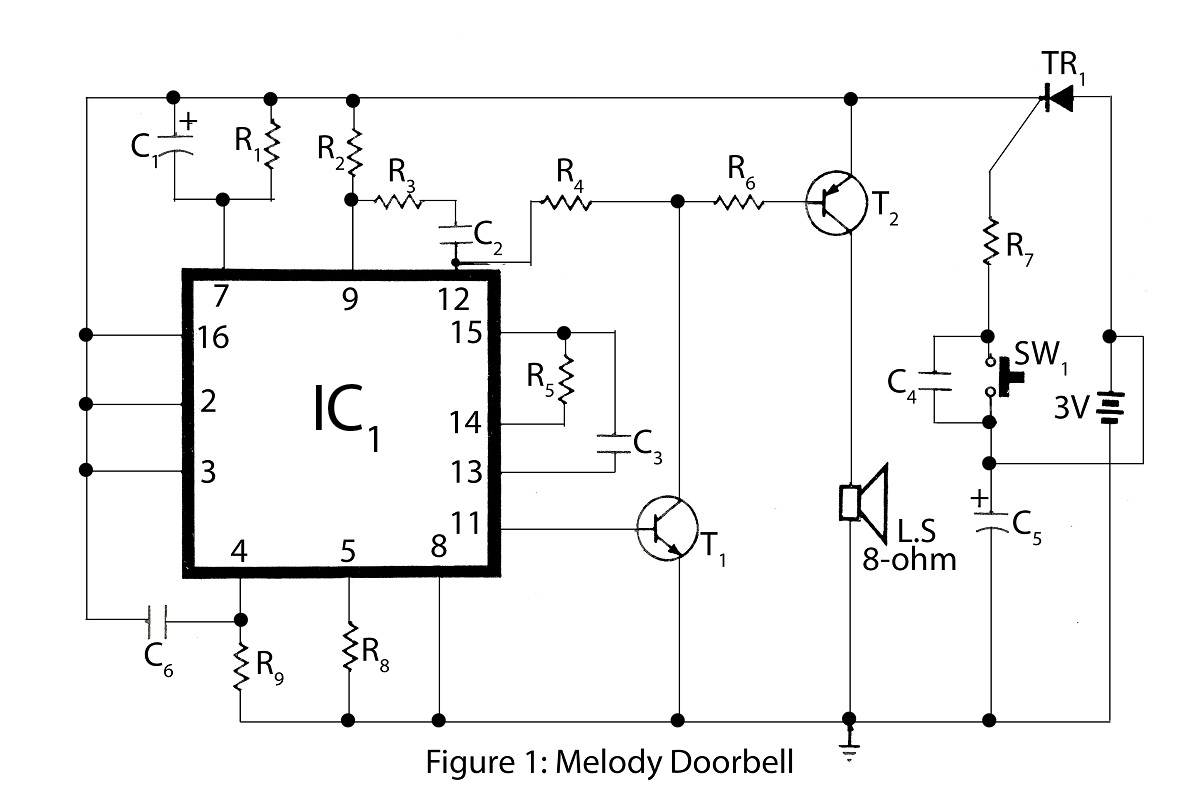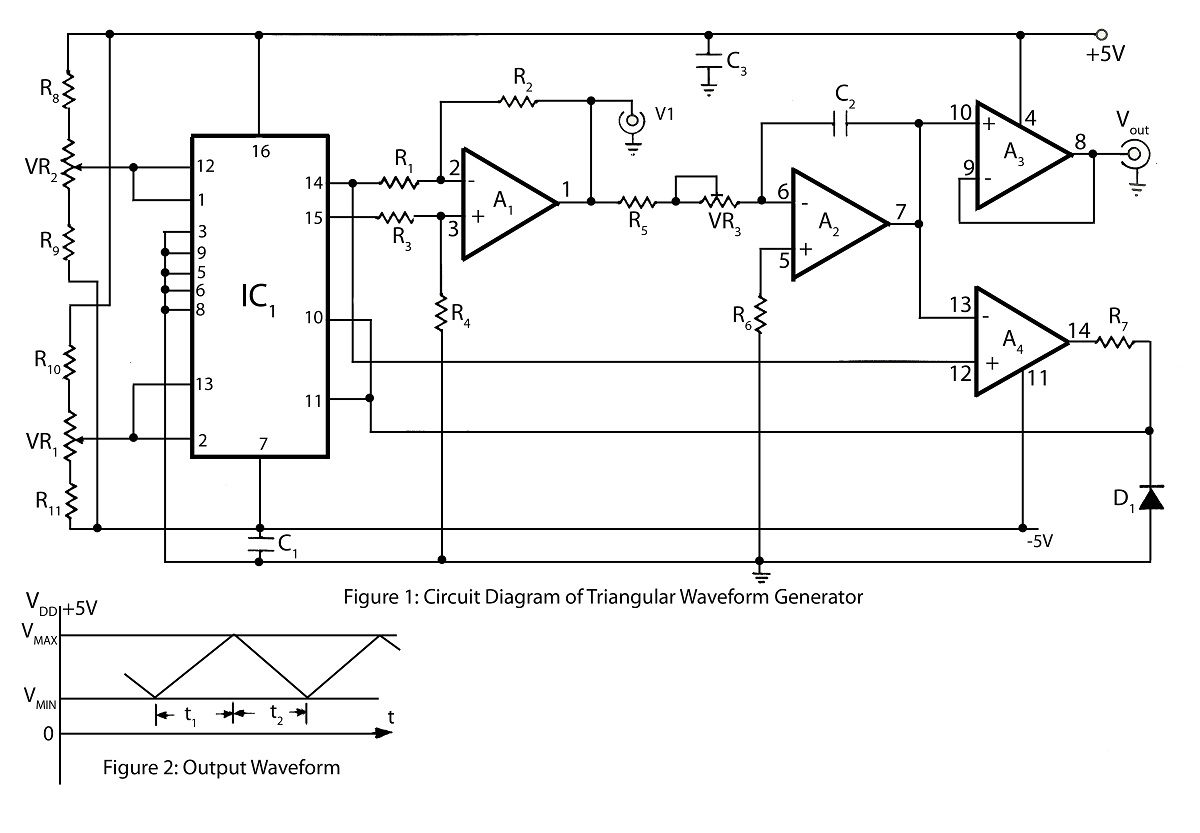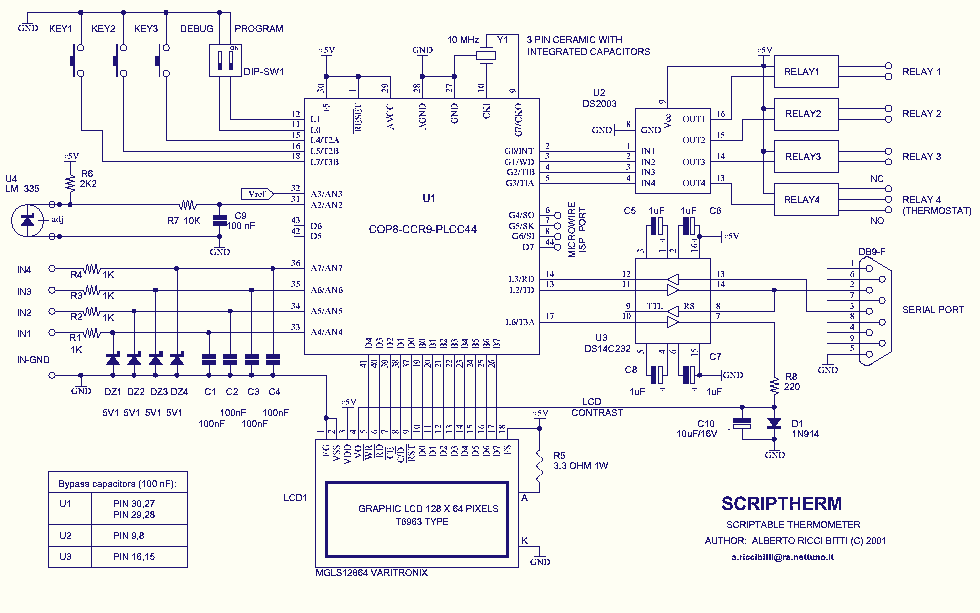
Advanced Melody Doorbell

The Advanced Melody doorbell is an intriguing project within the series of alarm circuit diagrams. It features a melody doorbell that operates using a battery instead of AC mains power.
The Advanced Melody doorbell circuit is designed to provide a unique auditory alert when someone presses the doorbell. This project is particularly appealing as it eliminates the need for AC mains power, making it suitable for locations where electrical outlets are not readily available.
The core of the circuit typically includes a microcontroller or a melody IC (integrated circuit) that is programmed to produce specific tunes. The battery power supply is connected to the microcontroller, ensuring that the circuit operates independently of the traditional power grid.
The activation of the doorbell is usually achieved through a push-button switch, which, when pressed, sends a signal to the microcontroller. The microcontroller then triggers the melody IC to play a pre-programmed tune, which can be customized according to user preferences.
Additional components may include resistors for current limiting, capacitors for smoothing power supply fluctuations, and possibly a small speaker or piezo buzzer to produce the sound. The circuit design must also consider power efficiency to prolong battery life, which may involve the use of low-power components and sleep modes in the microcontroller when idle.
Overall, the Advanced Melody doorbell project exemplifies an innovative approach to creating a functional and customizable doorbell system that operates on battery power, highlighting the versatility of modern electronic components in practical applications.Advanced Melody doorbell is the very interesting project in the series of alarm Circuit diagram with description of melody doorbell using battery instead of AC mains . 🔗 External reference
The Advanced Melody doorbell circuit is designed to provide a unique auditory alert when someone presses the doorbell. This project is particularly appealing as it eliminates the need for AC mains power, making it suitable for locations where electrical outlets are not readily available.
The core of the circuit typically includes a microcontroller or a melody IC (integrated circuit) that is programmed to produce specific tunes. The battery power supply is connected to the microcontroller, ensuring that the circuit operates independently of the traditional power grid.
The activation of the doorbell is usually achieved through a push-button switch, which, when pressed, sends a signal to the microcontroller. The microcontroller then triggers the melody IC to play a pre-programmed tune, which can be customized according to user preferences.
Additional components may include resistors for current limiting, capacitors for smoothing power supply fluctuations, and possibly a small speaker or piezo buzzer to produce the sound. The circuit design must also consider power efficiency to prolong battery life, which may involve the use of low-power components and sleep modes in the microcontroller when idle.
Overall, the Advanced Melody doorbell project exemplifies an innovative approach to creating a functional and customizable doorbell system that operates on battery power, highlighting the versatility of modern electronic components in practical applications.Advanced Melody doorbell is the very interesting project in the series of alarm Circuit diagram with description of melody doorbell using battery instead of AC mains . 🔗 External reference





